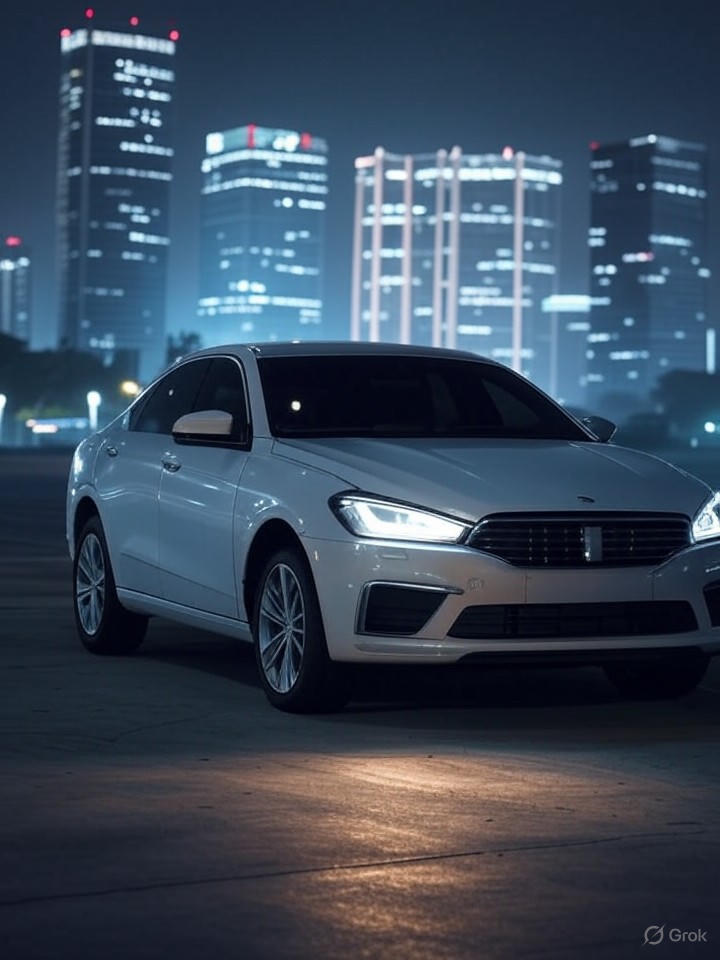In the rapidly evolving world of automotive technology, 5G networks are poised to transform connected cars and smart vehicles into highly intelligent, responsive machines. With ultra-low latency and massive bandwidth, 5G enables real-time data exchange that previous generations of wireless technology simply couldn’t match. This shift promises not only enhanced entertainment and navigation but also critical safety features like vehicle-to-vehicle (V2V) communication, where cars can alert each other to hazards instantaneously. Industry experts anticipate that by integrating 5G, vehicles will evolve from mere modes of transport into integral components of smart city infrastructures, optimizing traffic flow and reducing accidents.
Consider the implications for autonomous driving: 5G’s reliability allows self-driving cars to process vast amounts of sensor data with minimal delay, making split-second decisions that could save lives. According to a report from Wipro, these networks will enable advanced driver-assistance systems (ADAS) to function more effectively, incorporating features like predictive maintenance and over-the-air updates. This connectivity extends beyond the vehicle itself, linking to infrastructure such as traffic lights and road sensors, creating a seamless ecosystem that anticipates and mitigates congestion.
Unlocking New Levels of Vehicle Autonomy
As 5G deployment accelerates globally, its impact on manufacturing is equally profound. Factories are leveraging 5G for automation, where robots and assembly lines communicate flawlessly to boost efficiency. A recent analysis by Knauf Automotive highlights how this technology optimizes production processes, from inventory management to quality control, potentially slashing downtime and costs. For connected cars, this means vehicles rolling off the line already equipped with embedded 5G modules, ready for integration into broader IoT networks.
Moreover, the business-to-business opportunities are vast. Telecom providers and automakers are forming partnerships to capitalize on 5G’s potential, as noted in insights from Automotive Technology. These collaborations could lead to new revenue streams, such as subscription-based services for enhanced connectivity features, including real-time diagnostics and personalized infotainment. The economic ripple effects are significant, with projections estimating the 5G automotive market to reach $31.18 billion by 2034, driven by demand for autonomous and connected vehicles, per a market report from OpenPR.
Enhancing Safety and Emergency Response
Safety remains a cornerstone of 5G’s revolution in smart vehicles. By facilitating vehicle-to-everything (V2X) communication, 5G allows cars to interact with pedestrians, cyclists, and even emergency services in real time. An article from The Fast Mode explains how this connectivity strengthens emergency responses, enabling vehicles to automatically transmit accident data, location, and severity to first responders, potentially reducing response times dramatically.
Beyond immediate safety, 5G supports predictive analytics for road conditions. Smart vehicles equipped with this technology can receive updates on weather, traffic, or construction, adjusting routes dynamically. Insights from IT Supply Chain underscore how combining 5G with IoT ushers in an era of unprecedented road safety and convenience, where accidents are preempted through data-driven intelligence.
Navigating Challenges in Adoption
Despite the promise, challenges in 5G adoption persist, including infrastructure rollout and cybersecurity concerns. Rural areas lag in coverage, potentially creating disparities in smart vehicle benefits. A McKinsey report from McKinsey discusses the emerging ecosystems and the need for standardized protocols to ensure interoperability among devices and networks.
Regulatory frameworks are evolving to address these issues, with governments investing in 5G infrastructure to support autonomous vehicle testing. As per recent news from 5G Americas, innovations like Ericsson’s 5G solutions are pioneering connected vehicles, paving the way for widespread adoption. Ultimately, as 5G matures, it will redefine mobility, making smart vehicles not just a luxury but a standard in efficient, safe transportation.




 WebProNews is an iEntry Publication
WebProNews is an iEntry Publication